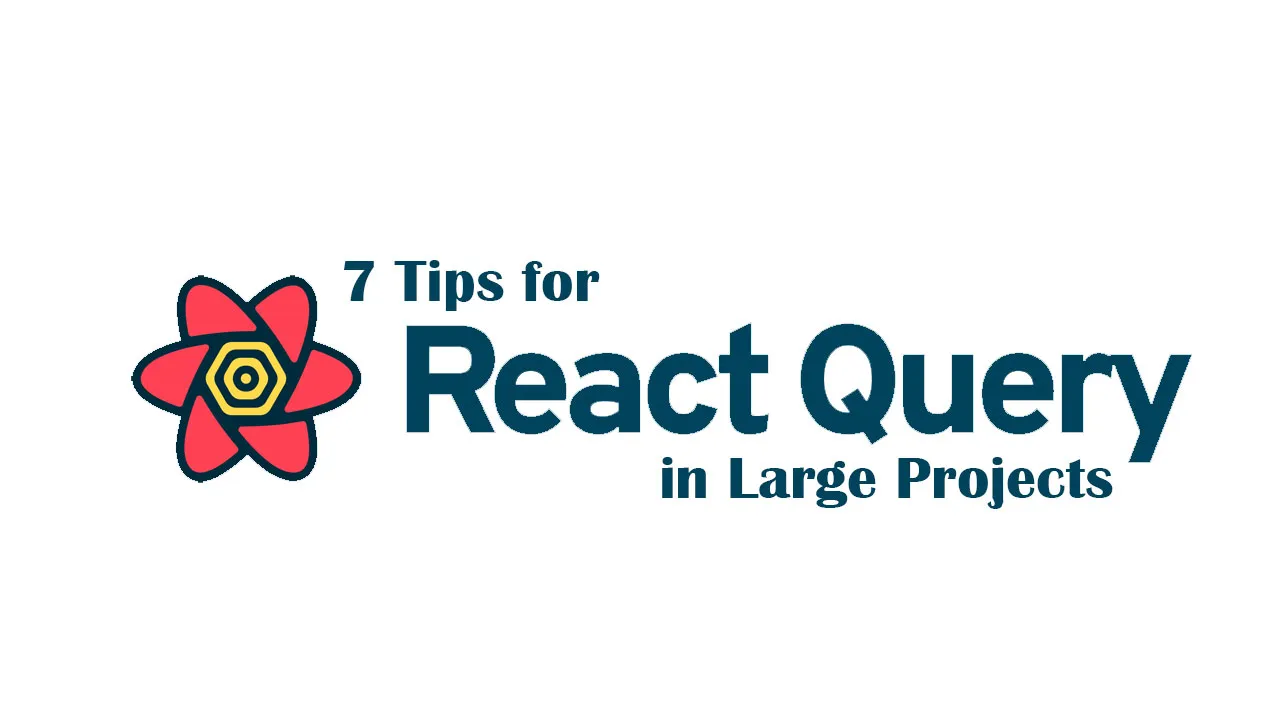This articles assumes some basic understanding of how React Query works. To get started and get more familiarity with it, feel free to check out my previous article. Also, take a look at their fantastic documentation.
If you have a very basic understanding of how useQuery and useMutation Hooks work, you are good to go.
With that said, let’s begin.
1. Wrap React Query Hooks Into Your Own Custom Hooks
2. To Avoid Prop Drilling, Colocate State Close to Where It Is Needed
3. Prevent Unneeded API Requests by Setting staleTime Config Prop
4. Use onSuccess and onError Callbacks for Side Effects
5. Manually Invalidate Cache for Outdated Data
6. Control Access to Data by Enabling/Disabling Queries
7. Avoid Mixing UI and Server Cache
#javascript

2.20 GEEK